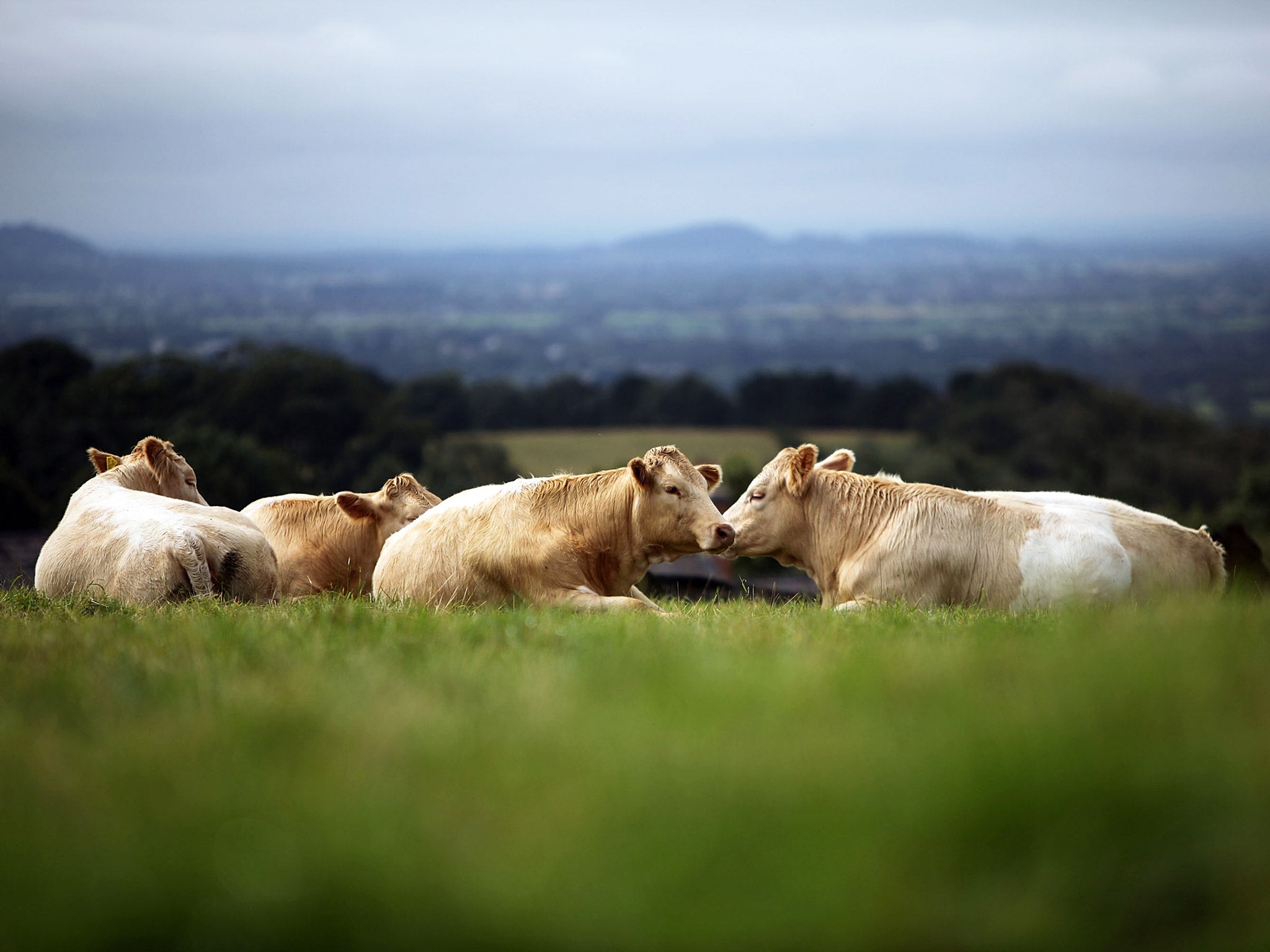Researchers have deciphered the noises that cows make
Scientists from Nottingham University and Queen Mary University spent ten months digitally recording the cow sounds

Your support helps us to tell the story
From reproductive rights to climate change to Big Tech, The Independent is on the ground when the story is developing. Whether it's investigating the financials of Elon Musk's pro-Trump PAC or producing our latest documentary, 'The A Word', which shines a light on the American women fighting for reproductive rights, we know how important it is to parse out the facts from the messaging.
At such a critical moment in US history, we need reporters on the ground. Your donation allows us to keep sending journalists to speak to both sides of the story.
The Independent is trusted by Americans across the entire political spectrum. And unlike many other quality news outlets, we choose not to lock Americans out of our reporting and analysis with paywalls. We believe quality journalism should be available to everyone, paid for by those who can afford it.
Your support makes all the difference.Researchers have deciphered the moos of cows and found that there are three distinctly different call sounds, after recording and analysing the way cows and calves communicate.
Scientists from Nottingham University and Queen Mary University spent ten months digitally recording the cow sounds, then a year analysing them with computers.
They found that, like human voices, cows made their own unique sounds.
However, they identified three basic category of call. Low frequency calls were produced by cows when they were in close proximity to their calves in the three or four weeks after birth. These were quiet and made with the mouth closed, or partially open.
Louder high frequency calls were produced by cows when they were separated from their calves, meaning that they were not in visual contact. Meanwhile, calf calls were produced when they were separated from their mothers and wanted to suckle milk.
Join our commenting forum
Join thought-provoking conversations, follow other Independent readers and see their replies
Comments